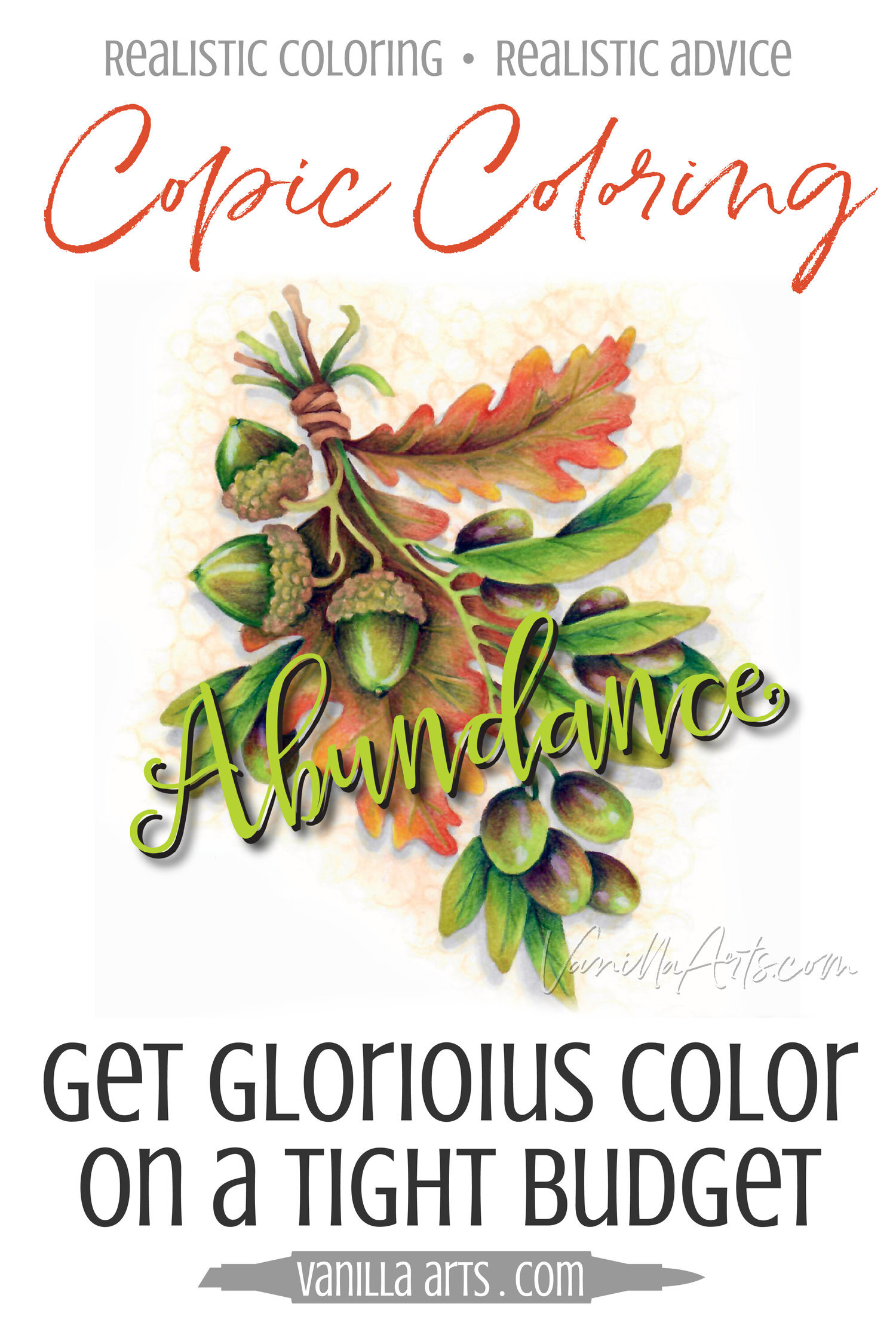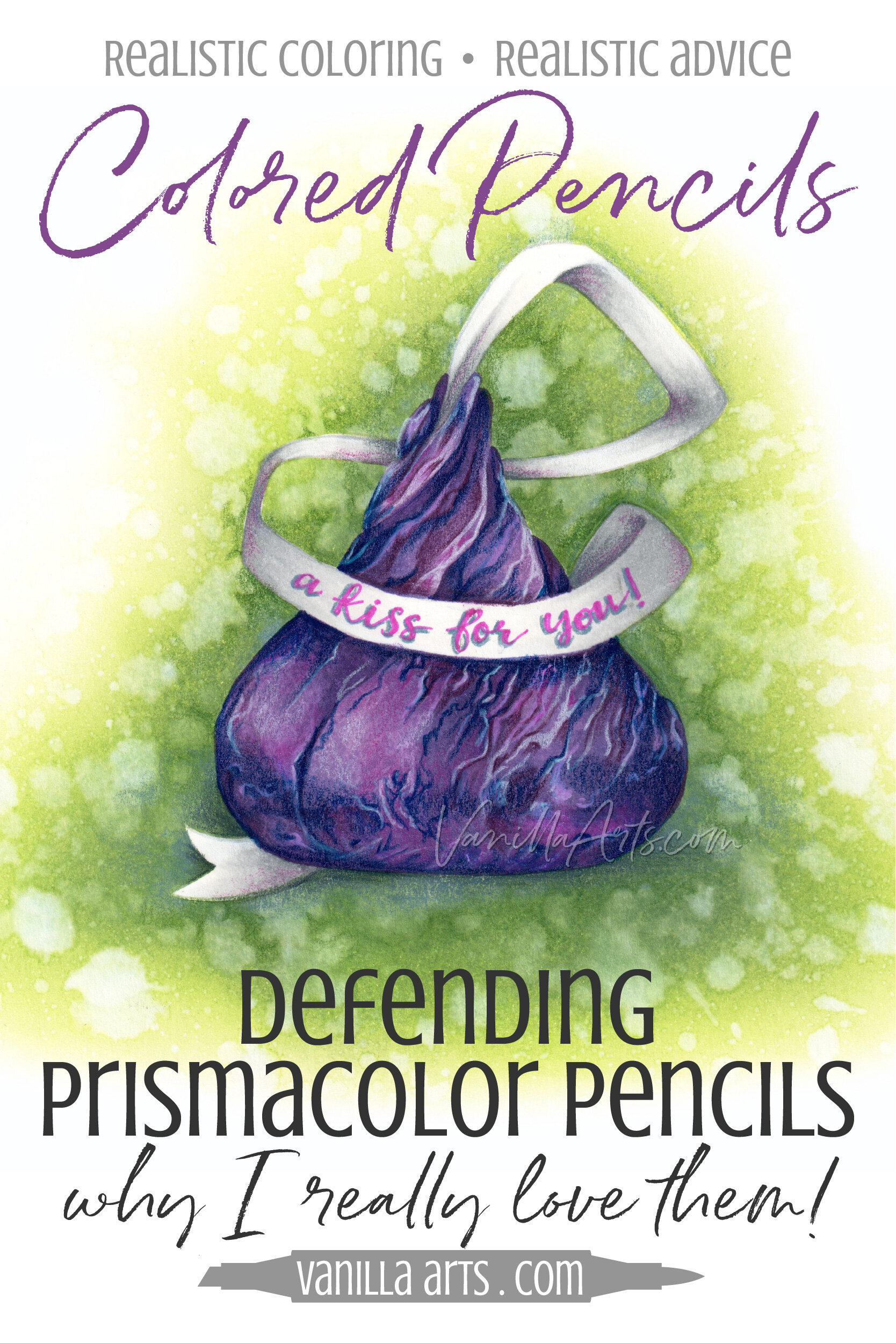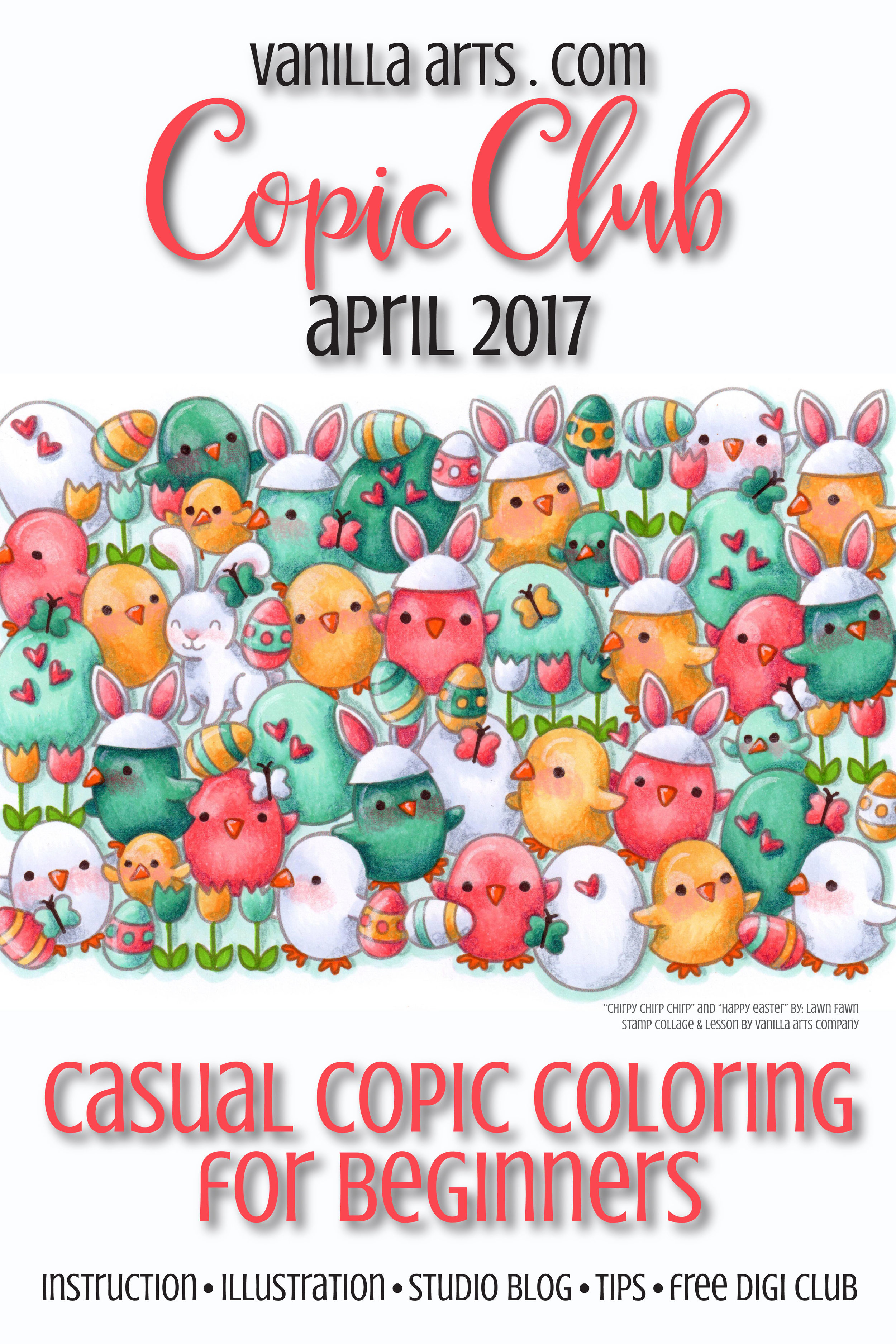
Beginner Copic Coloring: Small Collection, Big Color
It's not a numbers game
"I don't have very many Copic markers yet, so I can't color much"
I hear this a lot from beginners and I always wonder what the magic number is. How many markers does it take to get started?
It's a common situation, you want to learn Copics but it takes a while to build up a collection, especially if money is tight. So you're stuck in limbo where you have a few but not enough to get anything done.
But how many is enough? Ten? Twenty? Seventy?
At what point do you graduate from "not enough to do anything" to "enough to do everything"?

Defending Prismacolor Soft-Core Colored Pencils - An Artist & Teacher Speaks Out
Colored Pencils are Hot
A few years ago, every crafter had to own alcohol markers. Then watercolor took center stage. Now it’s colored pencils.
There’s a ton of chatter about colored pencil on the internet right now.
And a lot of it is flat-out wrong…


